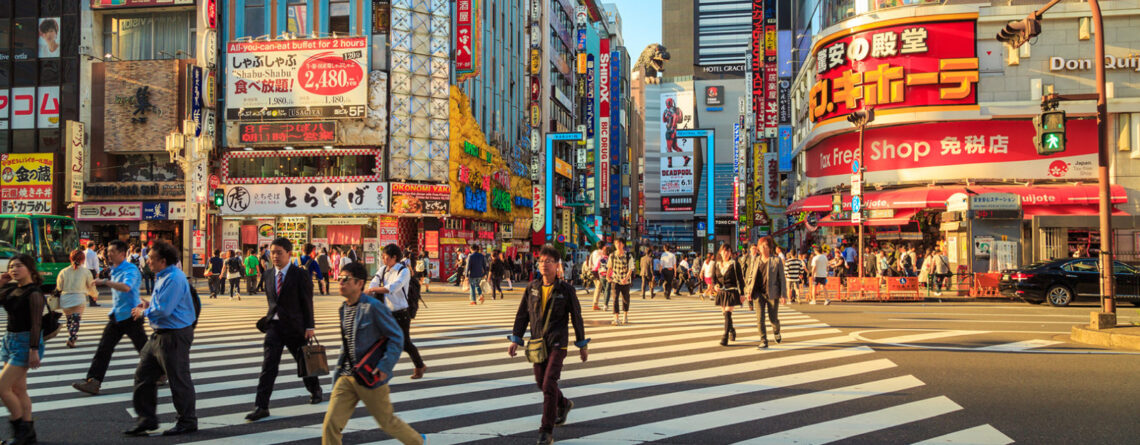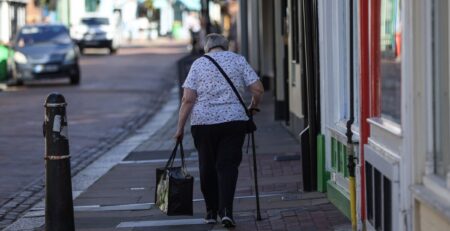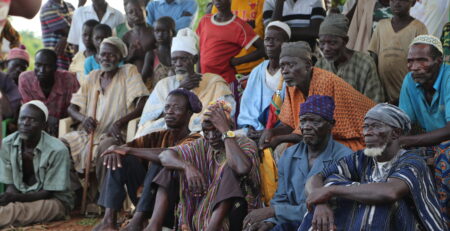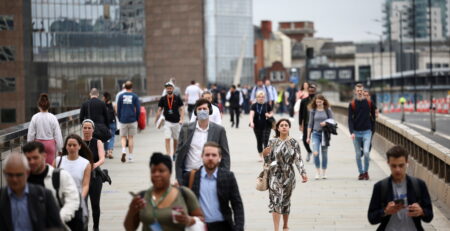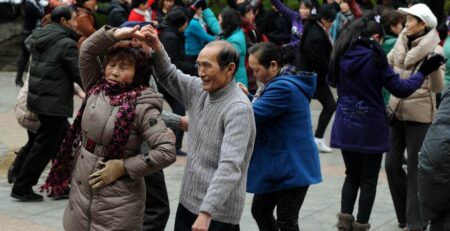Large parts of Asia are getting old before they get rich
A bulge in a country’s working-age population is a blessing. Lots of workers support relatively few children and retired people. So long as the labour market can absorb a surge of job-seekers, output per head will rise. That can boost savings and investment, leading to higher economic growth, more productivity gains and developmental lift-off. Yet for countries that fail to seize this opportunity, the results can be grim—as many developing countries may soon discover.
Consider Thailand. It is rapidly greying. In 2021 the share of Thais aged 65 or over hit 14%, a threshold that is often used to define an aged society. Soon Thailand will, like Japan, South Korea and most Western countries, see a dwindling supply of workers and, without extraordinary measures, flagging productivity and growth. Yet unlike Japan and the rest, Thailand, with a GDP per person of just $7,000 in 2021, is not a developed country. It has got old before it has got rich. When Japan had a similar portion of oldies, it was roughly five times richer than Thailand is today.
This is a big obstacle to Thailand’s future development. To protect its ageing citizens, many of whom are poor, Thailand’s government will have to spend more on health care and pensions. This will make it harder to invest in productivity-boosting skills and infrastructure. And where Thailand goes, many developing countries will follow. In Asia, where the problem is most advanced, Indonesia and the Philippines are also likely to become aged societies at lower income levels than was the case in the rich world. Sri Lanka, where the average income is a third lower than Thailand’s, will become aged by 2028.
Countries that age before growing rich have failed to seize their demographic opportunity, or aged out of it too rapidly, or suffered both problems. Between 1960 and 1996 (just before the Asian financial crisis), Thailand’s economy grew at an average annual rate of 7.5%. That was impressive, but below Japan’s double-digit clip in its boom years. Meanwhile, thanks to improving life expectancy and other factors, Thailand has aged fast. The share of oldsters in its population doubled, from 7% to 14%, in two decades. It took Japan 24 years to undergo the same change, America 72, and much of western Europe over a century.
Rapid ageing and slower growth are widespread in the developing world. Vietnamese are about half as rich as Thais and ageing even faster. India’s economy has been one of the world’s fastest-growing, yet not as fast as Thailand’s during its boom. In the decade to 2020 India grew at an average annual rate of 6.6%.
Read more @economist

